- 12 . 04 . 11
Wadi Rum, in the southern desert of Jordan offers plenty to see and do. Except, perhaps unsurprisingly, water.
- StumbleUpon
- TwitterTweet
- Facebook
Mars Rover
Camping in England is not something I ever really enjoyed; the damp air, the groundsheet that never quite covers the ground properly and lets in the inevitable rain. Cold that gets into your bones and won’t leave.
Camping in Wadi Rum was an entirely different and entirely more positive experience. The dry desert air certainly got cold, but it was easily thwarted by our warm goat-hair tent and thick colourful blankets. As the sun slowly fell behind the distant rocks, the night drew in, crisp and clear, showcasing the stars on a beautiful cloudless black canvas. Constellations new and familiar shimmered and sparkled above and around a harvest moon. Wadi Rum is sometimes translated as Valley of the Moon and it is aptly named. Even in the dead of night, the camp was bathed in enough lunar light that you could move freely around what would otherwise be pitch black without the need for artificial illumination.
During the day, we had been taken to various spots in the desert by our friendly, if somewhat taciturn driver Devela, including a number of locations rumoured to have been visited and favoured by T.E. Lawrence. The spring that he lent his name to and which we visited first sat atop a hill that required a 10 minute scramble over rocks to get to. We were promised a bountiful spring that provided life in this harsh place. Arriving at the top, we were greeted by a patch of damp moss growing on a rock face. Not so much a spring as the rising damp you might expect to find in a rundown tenement, but I suppose you take what you can get in an environment as arid as this. Turning around, we received our real reward – a gorgeous unimpeded view of desert terrain, most easily and lazily described as Martian – quite barren and full of canyons, albeit with an improbably large tree in the foreground, and a noticeable lack of flora in its immediate vicinity. It must be hard to live in the shadow of a thirst that large.
Talk of Martian landscapes implies very red surroundings, and while that colour certainly was in abundance, there was a good deal more besides. Between the blue sky, the red, white and black rocks, the yellow sand and green shrubs, just about the full range of the visible spectrum was covered. Meanwhile, the UV deepened an already dark tan to a ruddy brown.
For such a barren place, there was a surprising amount of things to see, and we took four or five hours to make our way around natural arches, canyons and sheer cliff faces, sitting alongside man-made artefacts, such as Lawrence’s reputed house and yet more 2500 year old carvings by the impressive Nabateans. And two more moist walls, masquerading as springs.
And sand. Lots and lots of sand. In particular, drifted into an enormous dune that made Mui Ne’s look like a child’s sandpit. For a moment we were children ourselves and ran, jumping and whooping up and down the sandy slope, until biting gusts of wind turned the coarse particles into a sand blasting machine that scrubbed our faces like sandpaper and forced us to take cover against the onslaught.
In the evening, gathered around the campfire with our host Walid and the other five guests, we swapped stories of travel and experiences, while feasting on an open buffet of traditional Bedouin food, then took turns dancing and drumming before turning in for a quiet night, untroubled by any sound other than the wind whipping through the rocks.
I now have so much sand in my hair that it stands up all on its own, despite the length to which I have let it grow. My face is cracked and peeling from sun and sand blasting, and I think I’ll be finding sand in my shoes for another three months. I don’t mind. It will remind me of this place and a time where I truly felt out of this world.
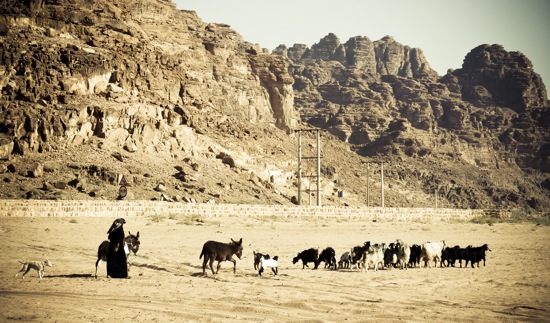
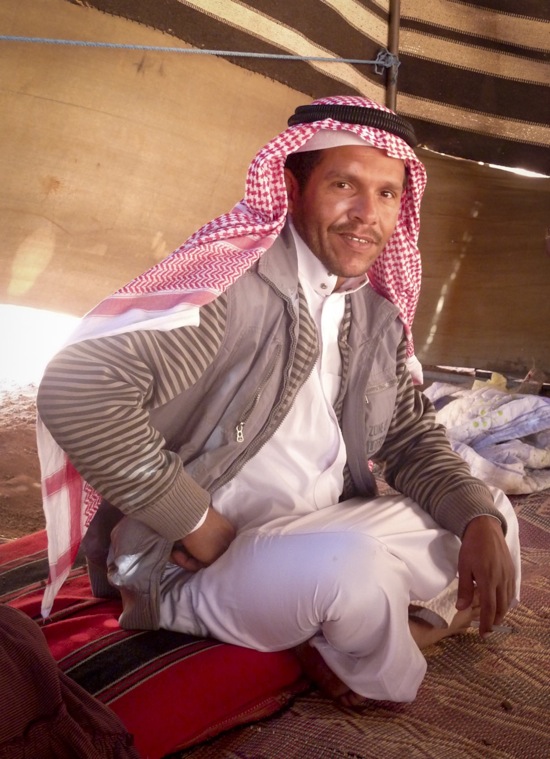
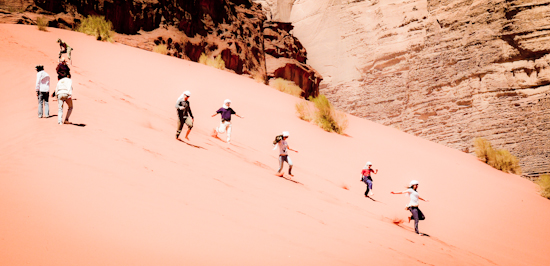
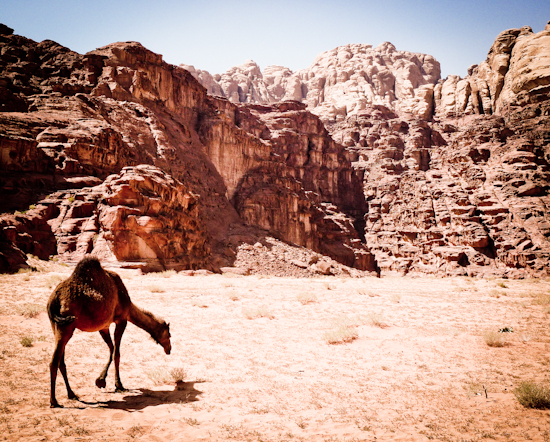
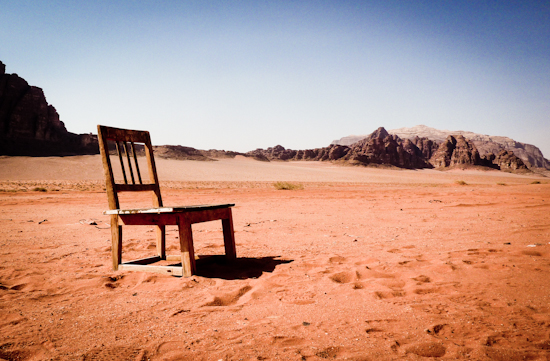
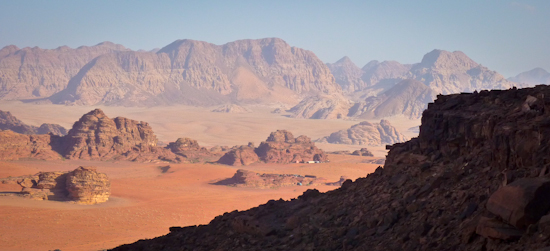

Leave a Reply